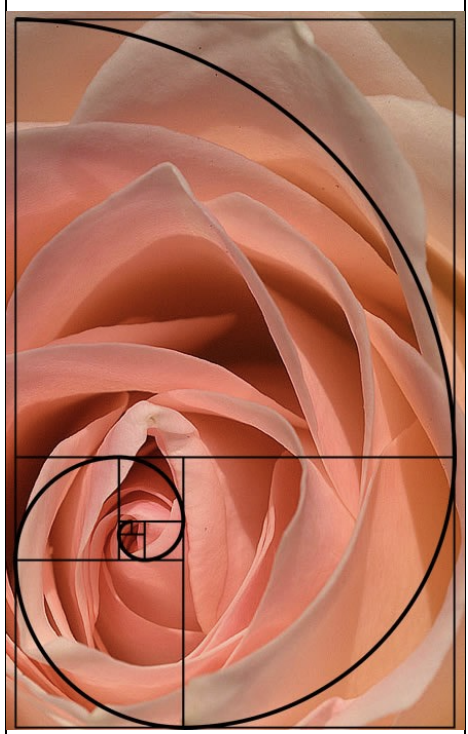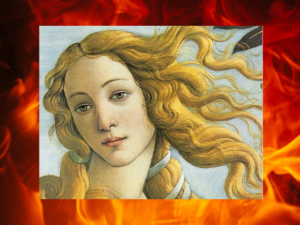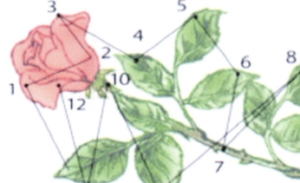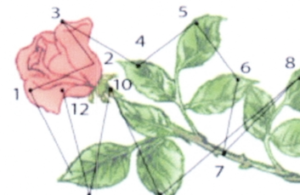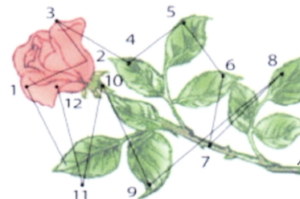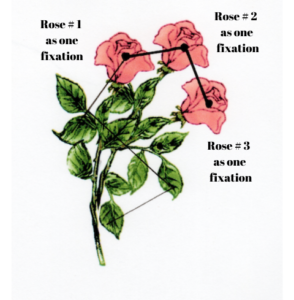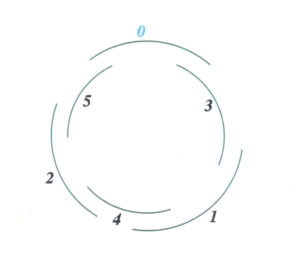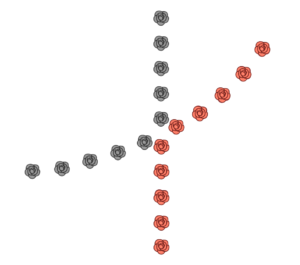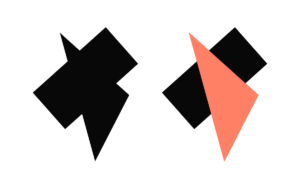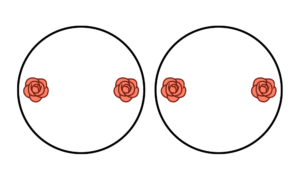p
Seeing 101
Seeing 101, A History of Visual Perception, Lesson IV focuses on the human visual perception system, its evolving science and how it works.
The metaphysical decorating behind the physical objects of design can be incredibly powerful. As we train our eye, we nurture our awareness of subliminal geometry. We grow skilled at aligning physical objects to create harmonious scaffolding.
The Evolution of Visual Perception Theories
In the 5th century BCE, Empedocles postulated the “emission theory.” Aphrodite was supposed to have made the human eye out of water, air, earth, and five, the ancient Greeks’ four elements. When she lit the eye’s fire, it began emitting rays. As they fell on an object, the theory goes, we could see it. Euclid and Ptolemy followed that theory. [1]
The “intromission theory,” another ancient idea, was quite the opposite. It postulated that objects emit miniature copies of themselves. We see a rose, said the theory, when its copies enter our eyes’ aperture. Aristotle and Galen, in the same Greco-Roman period as Euclid and Ptolemy, backed the intromission theory. [2]
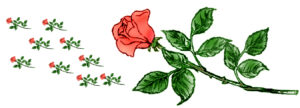
The intromission theory prevailed as late as the 18th century CE. The 17th century scientific giants, Isaac Newton and John Locke. Newton still believed it. Newton advanced this theory when he stated that the little objects were actually composed of matter. These little bits entered the seer’s visual perception system through the eye’s aperture.
Moving Towards the Modern Age
Despite Newton’s misconception of floating fractals, he conducted the first known successful scientific experiments on visual perception with prisms. Through them, he showed that our perception of color is due to the character of light the object reflected.
Hermann von Helmholtz (1821-1894) is credited with the first modern conclusions about visual perception. Perception doesn’t just emerge from eyesight, he believed. Our brain unconsciously uses inference and memory to turn our visual sensations into the objects we perceive. That idea is included in modern theories.
Perception theory in the early years of the 20th century was dominated by the the structuralists founded by the psychologist, Wilhelm Wundt. “Perceptions , according to the structuralists, are the results of the addition of many elementary sensations.” [3] They believed that when we see an object, we see all the parts as little pixels. Known as sensations by the structuralists, these dots were akin to taking a picture of a rose from a comic book and magnifying it.
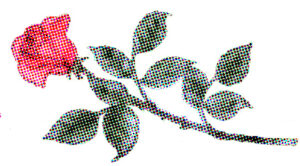
Modern Theories of Visual Perception
Today, the science of visual perception is based on Gestalt psychology. [4] One of its founders, Max Wertheimer, discovered in 1910 that we don’t need to combine all these sensations to perceive objects. We see just enough of them to allow our brain to interpret the data as an image. We see the whole image before we see the individual parts. In a way, the whole becomes greater than the sum of its parts.
An enhancement to the Gestalt theories is the constructivist’s point of view. Constructivists believed it is not just the stimuli that must be considered; the observer has a role. When we see a rose, our eye takes an active part by jumping around the flower. In the language of perception, each jump is a fixation. It’s a point upon which the eye rests for a nanosecond.
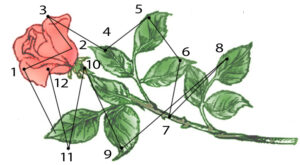
To perceive a rose, the eye might fixate around it a hundred times. Usually fixation based patterns of living things will be very specific and reveal the geometry of nature.
Fixations and Forms: Think Small and Big
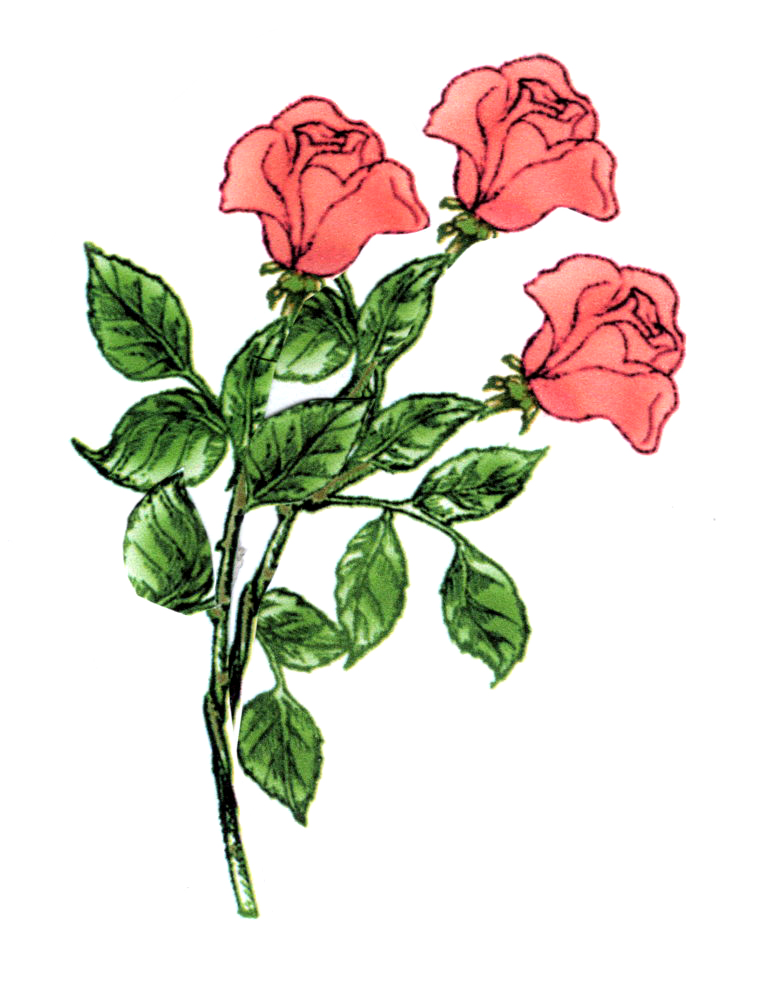
A fixation is a small thing.
A bunch of fixations allows the brain to see the form of the object.
The eye might first fixate many times on each rose. If there is a group of roses like in a bouquet, the brain, after identifying each rose will look at each rose as one fixation
This then reveals a bouquet to the brain.
Remember, though the fixations create a form, that form might then become the fixation of a larger form.
Patterns Caused by the Eye Moving on Fixations
As the eye moves from fixation to fixation, a pattern is generally unveiled. This not only reveals the object but also the geometric scaffolding behind it.
Above find a diagram that shows the scaffolding of the two outside layers of a rose. Petals 1, 2 & 3 are larger than petals 4 & 5. We can see the inside petals of the rose seem to be positioned in front of the outside petals by roughly two-thirds. If we were to complete the drawing of the scaffolding, the petals should decrease in proportionate size as they came to the center and have the same positioning. Such positioning is not exactly two-thirds (.666) but .618, which is the reciprocal of phi (1.618…or the golden proportion.) Right now, we can just look at the diagram to experience the scaffolding concept without worrying about the math.
The golden mean is a scaffolding found in most living things, including our own bodies. We and the rose share that mathematical underpinning. The golden mean would be a good scaffolding to use in decorating, but for now, using the circle scaffolding is challenging enough. Occasionally, I will leave you with scaffoldings to the golden mean because it allows a growing awareness of the geometric scaffoldings behind matter.
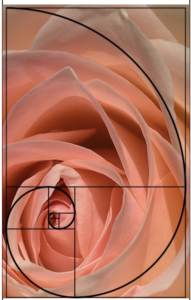
Here is another way to look at the scaffolding of the rose.
The Gestalt Laws
The brain is a computer on steroids. It processes 10 million pieces of information a second. To save time and energy, it relies on shortcuts. Gestalt psychologists saw how the brain used logic, structure, and patterns to overcome this issue.
The psychologists broke their theories into six simple laws still used today. They are the Laws of Simplicity, Similarity, Proximity, Closure, Continuity, and Figure/Ground.
Over time, Gestalt psychologists added the following laws: Laws of Symmetry, Parallelism, Common Fate, Meaningfulness, Familiarity, and Uniform Connectedness (or Unity.) These laws, especially the original ones were discovered before the modern computer, but website designers use them exclusively today.
In Lesson VIII, Let the Eyes Have a Pleasurable Dance, we will examine how using these laws and the constructivist theory of eye movements, the decorator can align the decorating materials to create the hidden geometric forms of harmony. This brings Energy into any environment.
Articles on the History of Visual Perception Theories
***
[1] Euclid. Optics. 3rd century BC., Ptolemy. Optics. 2nd century BC.
[2] Aristotle. De Sensu. 4th century BC., Galen. De Usu Partium Corporis Humani. 2nd century BC.
[3] E. Bruce Goldstein, University of Pittsburgh. Sensation and Perception, Third Edition. Wadsworth Publishing Company, Belmont California.
[4] The Gestalt psychologists of perception should not be confused with Gestalt psychotherapy founded by Fritz Perls almost sixty years later.
***
There are two parts to this website, The Lessons, which are more difficult in concept and the blogs, which are lighter in nature. Blogs you might enjoy that have the same theme as Lesson Four are as follows:
- When we Don’t “See,” An Invisible Line in the Sand
- The Mathematics of Nature in the Most Unusual Places
Please note that my website allows you to leave comments at the end of the blogs but not at the end of each lesson. If you have a comment or question about a lesson, you may email me at ruta@rutas-rules.com
